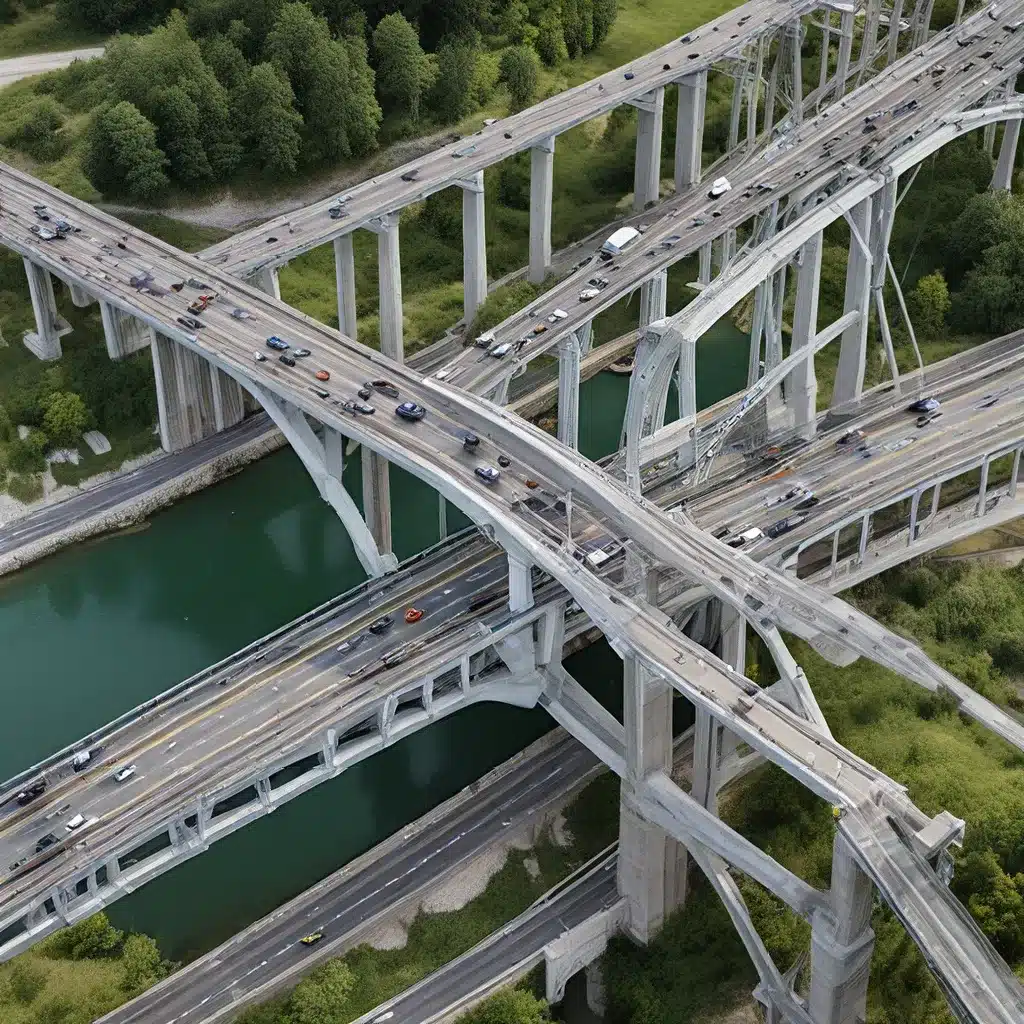
In the ever-evolving landscape of sensor networks and the Internet of Things (IoT), the ability to harness data and translate it into actionable insights has become a crucial driver of innovation and business transformation. As sensor technologies continue to advance, organizations across diverse industries are recognizing the immense potential of sensor-driven decision support to enhance operational efficiency, improve customer experiences, and unlock new revenue streams.
The Rise of Sensor Networks and IoT
The proliferation of sensor technologies has revolutionized the way we collect, process, and utilize data. Sensors, capable of monitoring a wide range of environmental, physical, and operational parameters, are being integrated into an ever-expanding network of connected devices, collectively known as the Internet of Things (IoT). This interconnected ecosystem of sensors, actuators, and computing devices enables the seamless exchange of data, opening up new avenues for real-time decision-making and process automation.
Sensor networks have become the backbone of the IoT, enabling the collection and aggregation of vast amounts of data from diverse sources. From smart cities and industrial automation to healthcare monitoring and environmental conservation, sensor networks are transforming the way we interact with and manage our physical world.
Harnessing the Power of Sensor Data
The true value of sensor networks lies in the ability to transform raw data into actionable insights that drive informed decision-making. However, the sheer volume and complexity of sensor data can be overwhelming, requiring advanced data processing and analytics capabilities to unlock its full potential.
Data analytics and machine learning algorithms play a crucial role in extracting meaningful insights from sensor data. By identifying patterns, anomalies, and correlations within the data, these tools can help organizations make more informed decisions, optimize processes, and anticipate future trends.
Analytics engineers are at the forefront of this transformation, bridging the gap between sensor data and business decision-making. By developing robust data pipelines, leveraging advanced analytics, and delivering intuitive visualizations, these professionals empower organizations to make data-driven decisions that drive tangible business outcomes.
Sensor Network Design Considerations
Designing an effective sensor network requires a nuanced understanding of various technical and operational factors. Network topology, communication protocols, sensor selection, and power management are just a few of the key considerations that must be addressed to ensure the reliable and efficient operation of a sensor network.
Network Topology: The choice of network topology, such as star, mesh, or hybrid configurations, can have a significant impact on the network’s scalability, resilience, and data transmission efficiency. Each topology offers unique advantages and trade-offs, and the optimal choice will depend on the specific application requirements.
Communication Protocols: Sensor networks rely on a variety of communication protocols, including Wi-Fi, Bluetooth, LoRaWAN, and ZigBee, among others. The selection of the appropriate protocol must consider factors such as range, data rate, power consumption, and security requirements.
Sensor Selection: The selection of sensors is a critical design decision, as it directly influences the quality and accuracy of the data collected. Factors such as sensitivity, resolution, response time, and environmental suitability must be carefully evaluated to ensure the sensors are well-suited for the intended application.
Power Management: Sensor networks often operate in remote or inaccessible locations, making power management a crucial consideration. Strategies such as energy-harvesting, low-power sensor design, and duty-cycling can help extend the battery life and operational lifespan of sensor nodes.
Security and Privacy Considerations
As sensor networks become increasingly ubiquitous, the importance of security and privacy cannot be overstated. The interconnected nature of IoT devices exposes sensor networks to a range of cyber threats, including data breaches, unauthorized access, and denial-of-service attacks.
Robust security measures, such as encryption, access control, and secure firmware updates, are essential to protect sensor data and prevent malicious actors from compromising the integrity of the network. Additionally, privacy concerns related to the collection and use of personal data must be addressed through data governance policies and user consent mechanisms.
Sensor-Driven Decision Support in Action
The applications of sensor-driven decision support are vast and diverse, spanning a wide range of industries. Here are a few examples of how sensor networks and IoT are transforming various sectors:
Smart Cities: Sensor networks in smart cities can monitor traffic patterns, air quality, energy consumption, and public safety, enabling city planners and administrators to make more informed decisions about infrastructure investments, resource allocation, and public service delivery.
Industrial Automation: In the manufacturing and industrial sectors, sensor networks are used to monitor equipment health, optimize production processes, and predict maintenance requirements, leading to increased efficiency, cost savings, and reduced downtime.
Healthcare: Sensor-enabled wearable devices and remote monitoring systems are revolutionizing the healthcare industry, allowing for early detection of health issues, personalized treatment plans, and improved patient outcomes.
Environmental Conservation: Sensor networks are being deployed to track wildlife movements, monitor deforestation, and detect environmental changes, empowering conservation efforts and data-driven policymaking.
The Future of Sensor-Driven Decision Support
As the Internet of Things continues to evolve and sensor technologies become increasingly sophisticated, the potential for sensor-driven decision support to transform various industries is limitless. Machine learning and artificial intelligence will play a pivotal role in unlocking the full potential of sensor data, enabling predictive analytics, autonomous decision-making, and real-time optimization.
Moreover, the integration of edge computing and 5G technology will further enhance the capabilities of sensor networks, allowing for faster data processing, reduced latency, and improved resilience in mission-critical applications.
The future of sensor-driven decision support is poised to be a game-changer, empowering organizations to make more informed, data-driven decisions that drive operational excellence, innovation, and sustainable growth. By embracing the power of sensor networks and IoT, leaders across diverse industries can bridge the gap between data and actionable insights, positioning their organizations for long-term success in the digital age.
To learn more about the latest advancements in sensor networks and IoT, be sure to visit sensor-networks.org, a leading resource for industry insights, research, and cutting-edge technologies.